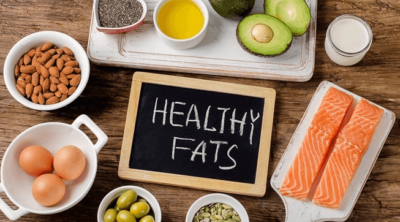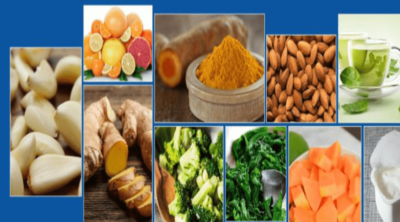
You might have made use of currants, raisins, and sultanas in your cooking whenever you needed dried grapes for a recipe. However, did you know that there lie differences between them? Here, we tell you all there is you need to know about currants, sultanas, and raisins.
| The Renowned Raisins Raisins first became popular in the year 1873, when a severe drought hit California and dried the grapes. These dried grapes were sold as raisins, giving rise to the raisin industry in California. Half of the total world’s supply of raisins comes from California. |
Grapes are fruiting berries that grow in bunches on woody vines. They can be eaten directly or can be processed to make a variety of products, including raisins. All dried grapes are given the generic name raisins. They are one of the most common dried fruits known to us, and one of the most versatile foods that are added to sweets as well as savory dishes. Raisins may be quite a snack as they are both full of flavor and nutrients, not to mention easy to carry around, and they don’t go bad anytime soon!
They are rich in vitamin A and vitamin C. They also contain traces of vitamin B complex and vitamin K. They contain catechins, an antioxidant. Raisins contain high amounts of boron and can prevent early onset of osteoporosis in women. In addition to this, they are rich in sodium and potassium.
Depending of the type of grapes used to produce them, raisins can be called by different names and may have a different flavor.
CURRANTS
| Type of Grapes Used ✻ Currants are made from a variety of grapes called Black Corinth, and are not from fresh currants. They are called so because of their small size. Black Corinth grapes are small, seedless, round, and reddish brown in color. They have a thin skin and are juicer than other varieties of raisins available. These raisins have a tart and fruity taste, and are ideal for baking. Names given Origin Processing |
RAISINS
| Dried grapes of any other variety are called raisins. Most commonly used varieties of grapes are Muscat of Alexandria, Fiesta, DOVine, etc.
Muscat of Alexandria Names given Origin Fiesta Origin DOVine Origin |
SULTANAS
| Type of Grapes Used ✻ Sultanas are made from a variety of grapes called Thompson seedless grapes. Thompson seedless grapes are medium-sized, greenish white in color, oval, and of course seedless with a thin skin. They tend to be plumper and juicier than the regular raisins. They are larger than currants. Names given Origin Processing |
Comparison of Health Benefits: Sultanas Vs. Raisins
- Sultanas and raisins contain almost identical nutritional value. The differences arise in the presence of other compounds. Sultanas contain 169 times more of Kaempferol. It is a flavonoid that has antioxidant properties and can prevent cancer as well as other cardiovascular diseases. Sultanas contain 1.69 mg of Kaempferol per 100 mg.
- Quercetin is an anti-inflammatory and antihistamine compound that can be used to relieve allergic reactions. The process of drying reduces the amount of quercetin in red grapes. Sultanas are, therefore, a better source of quercetin than other dark raisins.
- Dark raisins are, however, a richer source of the antioxidant catechins. As compared to sultanas, dark raisins are a richer source of dietary iron. 43 g of raisins contain 0.81 mg of iron.
| SULTANAS | |
| Nutrition per 100 g (raw) | |
| Sugar | 59.19 g |
| Protein | 3.39 g |
| Total Carbohydrates | 79.52 g |
| Calcium | 53 mg |
| Iron | 1.8 mg |
| Sodium | 12 mg |
| Vitamin C | 3.2 mg |
| CURRANTS | |
| Nutrition per 100 g (raw) | |
| Sugar | 59.19 g |
| Protein | 3.07 g |
| Total Carbohydrate | 79.18 g |
| Calcium | 50 mg |
| Iron | 1.88 mg |
| Sodium | 11 mg |
| Vitamin C | 2.3 mg |
| RAISINS | |
| Nutrition per 100 g (raw) | |
| Sugar | N.A. ** |
| Protein | 2.52 g |
| Total Carbohydrate | 78.42 g |
| Calcium | 28 mg |
| Iron | 2.59 mg |
| Sodium | 28 mg |
| Vitamin C | 5.4 mg |
** – Sugar content in raisins will vary according to the type of grapes used
Raisins are a great supplement to your breakfast, so just add them to your bowl of cereal and enjoy a big bite of healthy goodness!

